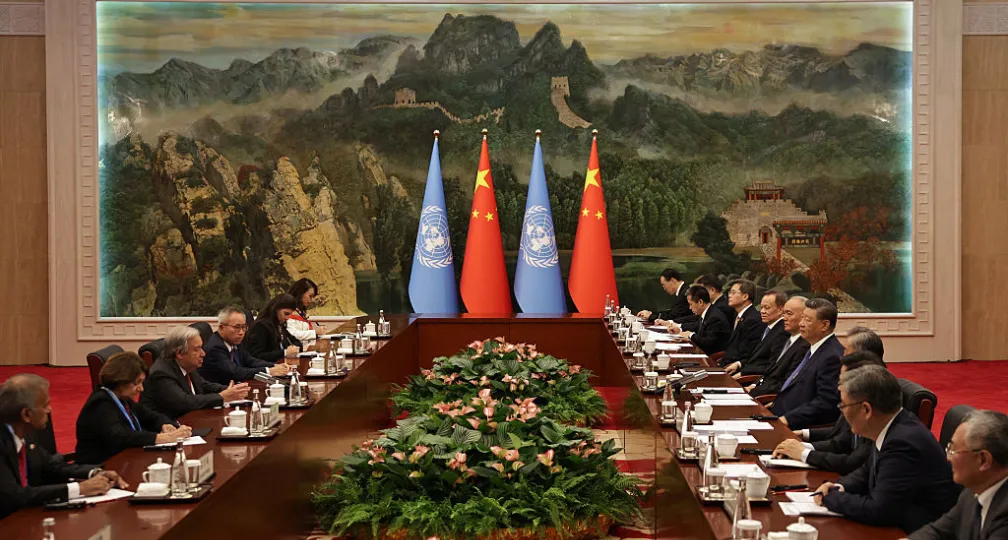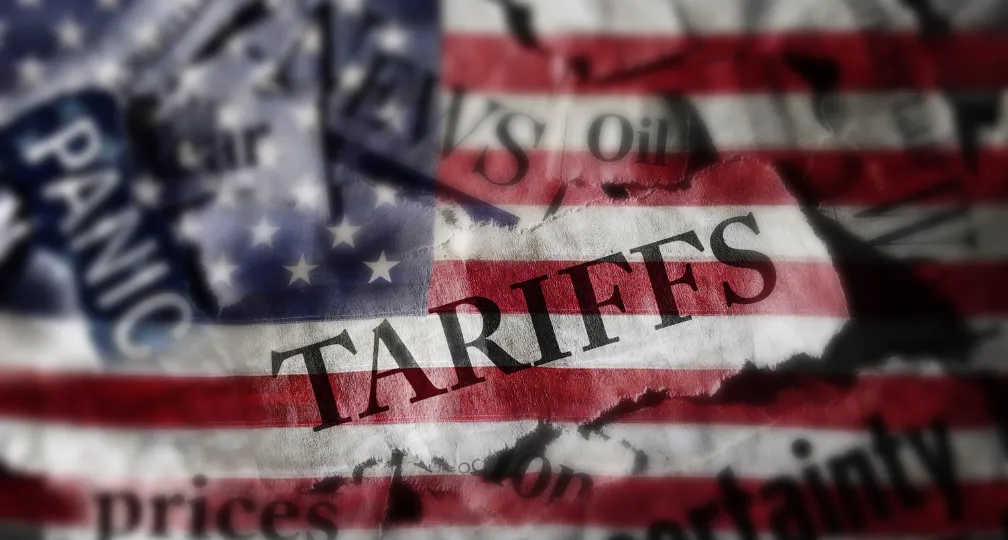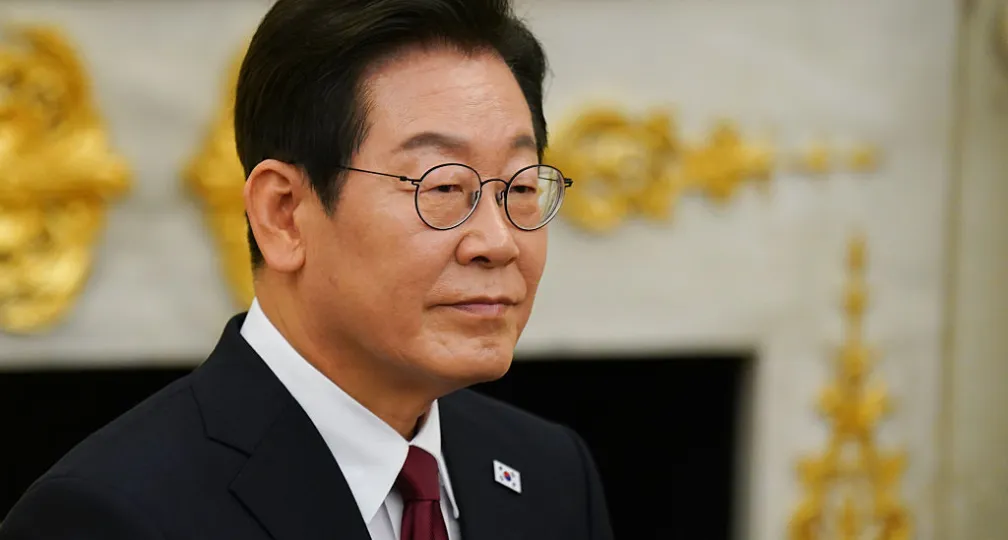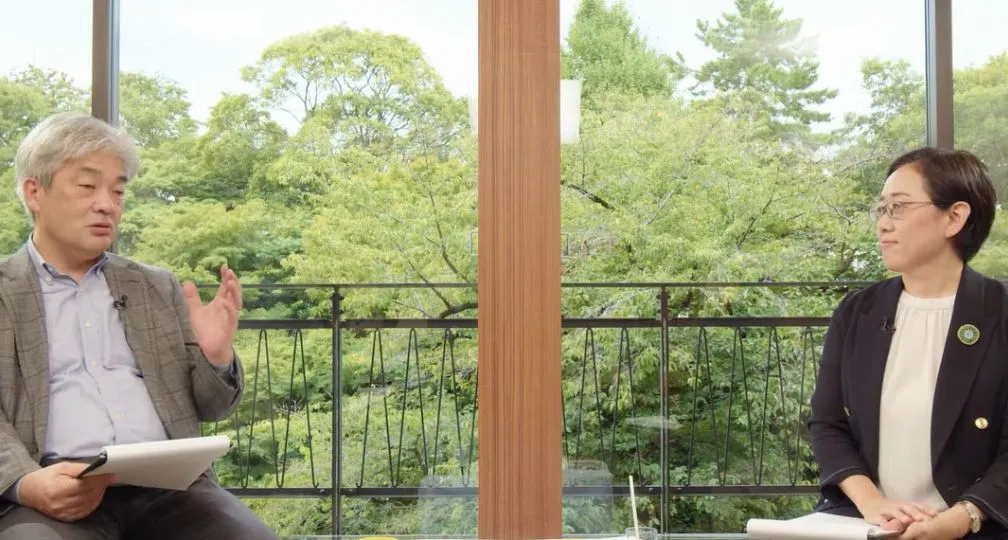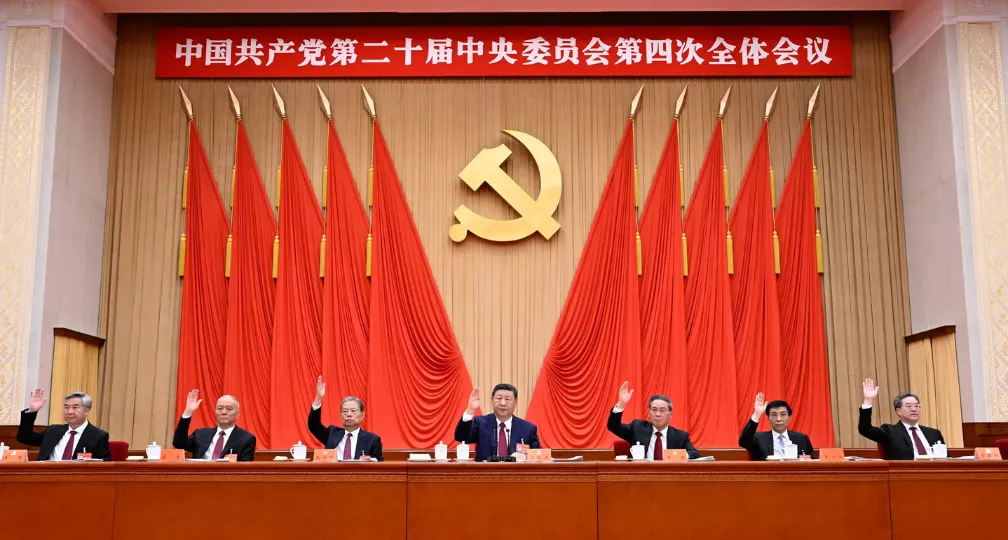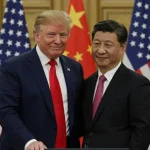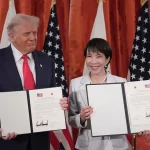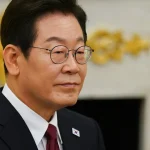Navigating Uncertainty: India’s Quiet Strategic Moves

Additionally, two notable domestic developments frame India’s evolving economic positioning: The Global FinTech Fest in Mumbai signals India’s ambition to lead the next wave of cross-border payments innovation. Secondly, RBI’s move to internationalize the rupee, by establishing direct conversion rates with the UAE dirham and Indonesian rupiah, marks a symbolic assertion of financial confidence even as practical effects remain limited.
Together, these developments accelerate India’s realignment toward diversified strategic partnerships while underscoring its intent to project financial and technological sovereignty within prudential limits.
1) Key Developments
India-Japan: the significant pipeline
The agreements of the 15th Japan-India Annual Summit held in August 2025 (including critical-minerals cooperation, semiconductors, data-center and mobility pledges, and a headline ¥10 trillion investment ambition) continue to be operationalized through governmental and business-level follow-ups. India is expecting Japan’s new prime minister to continue the top-level economic security engagement with New Delhi.
India-China: diplomatic thaw
India and China announced plans to restart direct commercial flights by late October, a visible sign that leaders are managing bilateral frictions and re-opening commercial channels after several years of restricted connectivity. This follows Modi’s SCO visit to China and working-level engagement in September.
India-US: diplomacy amid biting tariffs
Indian trade minister visited the United States during the last week of September amid tariff and H-1B visa uncertainty. New rounds of technical talks have been described by Indian officials as “constructive,” with a view to an interim arrangement, even as the 50% U.S. tariffs remain in effect.
India-EU: steady progress towards a comprehensive deal
The free trade agreement (FTA) negotiations have entered the final stages. The negotiators have concluded agreements on several key chapters, including those on goods, services, investment facilitation, and sustainable development. The pact, when concluded, would create one of the world’s largest trade corridors, linking India’s manufacturing and digital sectors with Europe’s high-tech and green-economy markets. The EU remains India’s third-largest trading partner, accounting for roughly 11% of total trade in 2024. Beyond tariff liberalization, the FTA’s significance lies in its potential to harmonize standards, attract European investment into India’s clean-energy and advanced manufacturing sectors, and offer India a credible counterweight to trade volatility with the United States and China.
UK Outreach (8-9 October)
U.K. prime minister Keir Starmer is expected to visit India. It adds another strategic economic lane for India, following the bilateral trade pact, and signals strong Western commercial interest despite ongoing U.S. tensions.
India-EFTA trade pact takes effect (end-September)
India’s Trade & Economic Partnership Agreement with the EFTA (comprising Iceland, Liechtenstein, Norway, and Switzerland) came into force, opening alternative market channels for exporters amid U.S. tariff noise.
India-Afghanistan: cautious re-engagement
In early October, the visit of Afghanistan’s Foreign Minister to New Delhi marks the first high-level contact since the Taliban’s return to power in 2021, signaling a tentative thaw in relations. While India has not formally recognized the Taliban government, the dialogue reflects a pragmatic recalibration aimed at protecting India’s strategic and economic stakes in the region – including stalled infrastructure projects, trade access to Central Asia, and regional security coordination. The engagement suggests India’s intent to quietly reinsert itself into the evolving connectivity and mineral supply chains of the broader Eurasian region.
Global FinTech Fest (7–9 October)
The 6th Global FinTech Fest (GFF) will convene global financial and technology leaders in Mumbai to showcase cross-border payment solutions, regulatory sandboxes, and AI-driven lending innovations. Prime Minister Modi and Prime Minister Starmer will deliver keynote addresses, underscoring the geopolitical and technological significance of fintech collaboration. The event is expected to highlight pilots on cross-border UPI corridors and rupee-settlement systems, positioning India as an emerging hub for payment interoperability across Asia and beyond.
RBI’s rupee internationalization initiative
On 1 October, the Indian central bank Reserve Bank of India announced steps to broaden the rupee’s international use. Financial Benchmarks India Ltd (FBIL) will begin publishing direct reference rates for the UAE dirham and Indonesian rupiah, expanding the list beyond the dollar, euro, pound, and yen. Authorized banks may extend rupee-denominated trade and working-capital facilities to select partner countries, and surplus balances in Special Rupee Vostro Accounts (SRVAs) may now be invested in corporate bonds and commercial papers.
While the rupee remains partially convertible, and its share in global forex turnover is modest, the initiative signals India’s intent to assert monetary autonomy and reduce dollar-dependency in regional trade. The move carries geopolitical signaling value, particularly amid intensifying U.S. tariff policies.
2) Geoeconomic Fundamentals
Economic & Fiscal Indicators (Near-Term)
Economists expect the tariff shock to be material for clusters (textiles, gems & jewelry, select chemicals and low-end electronics) while the aggregate macro hit should remain contained relative to many export-dependent economies.
Analytical consensus and official commentary converge on a modest but meaningful yearly GDP drag: forecasts model a 0.1–0.6 percentage-point(ppt) hit to GDP in downside cases; India’s Chief Economic Adviser flagged ~0.5ppt as a credible worst-case if tariffs persist. Targeted GST cuts and fiscal offsets are expected to cushion part of the impact, resulting in the net effect of -0.2 to -0.3ppt on headline growth.
Markets & Capital Flows
The S&P rating upgrade and strong Q1 GDP print supported bond market sentiment and lowered sovereign funding costs, but tariff uncertainty has raised short-term risk premia for export-exposed corporates.
Trade & Supply Chain
The EFTA deal, UK engagement, and the discussions towards operationalization of India–Japan critical-minerals cooperation provide alternative demand and supply corridors. Exporters are re-routing contracts, and supply-chain partners are seeking tariff-insulated markets to preserve margins.
Multi-aligned Positioning
India’s calibrated re-engagement with China (e.g., flight resumptions), expansion of cooperation with Japan, and closer partnerships in Europe, Asia and Latin America indicate a hedging strategy that sustains strategic autonomy while broadening access to technology, capital, and markets.
3) Practical Implications
Supply-Chain Risk & Commercial Strategy
Sectors with U.S. exposure (textiles, gems & jewelry, chemicals, and electronics) are pivoting to domestic demand. Government is supporting limited diversification of trade towards Europe, and West Asia.
Emerging Opportunities
In the critical-minerals, semiconductor, and data-center frameworks to secure upstream inputs and co-development opportunities.
Domestic Demand Cushion
India’s robust GDP growth and proactive fiscal stance offer a window for consumer-oriented investments. Firms in automotive components, electronics, and household appliances can rely on domestic consumption to offset export volatility.
4) Near Term Outlook
Diplomacy: Expect an uptick in high-level visits, incremental deliverables with Japan, and small but symbolic gestures of normalization with China (flights, trade facilitation).
Trade: India-U.S. technical talks will likely continue, with selective product-level exemptions but persistent uncertainty into early 2026.
Macro-economy: Domestic demand, infrastructure capex, and fiscal space remain the key buffers determining whether tariff shocks stay sectoral or broaden into systemic slowdown risks. Policymakers have room to act. Timing and precision will decide the outcome.
Disclaimer: This report is based on information available as of October 9, 2025, and represents an analysis of geoeconomic trends. It is intended for informational purposes only and should not be construed as business advice. The views expressed in this India Roundup do not necessarily reflect those of the API, the Institute of Geoeconomics (IOG) or any other organizations to which the author belongs.
API/IOG English Newsletter
Edited by Paul Nadeau, the newsletter will monthly keep up to date on geoeconomic agenda, IOG Intelligencce report, geoeconomics briefings, IOG geoeconomic insights, India Roundoup, new publications, events, research activities, media coverage, and more.


Visiting Research Fellow
Manish Sharma is an ex-investment banker, with over two decades of experience spanning academia, consulting, think tank and corporate finance. His academic journey includes research and teaching positions at renowned institutions including Jawaharlal Nehru University, University of Tokyo, London School of Economics, and Doshisha Business School. Currently, he is an associate professor of economics, at Hosei University in Tokyo. Until 2012, Dr. Sharma served as Director (M&A) in the Corporate Finance Department at Daiwa Capital Markets' Tokyo headquarters, providing strategic financial guidance to major corporations. He subsequently transitioned to full-time academia, bringing his extensive practical knowledge to universities across Asia. His other notable experiences include 13 years of radio newscasting with NHK World, and running an investment advisory. His teaching and research interests cover Indian/ASEAN markets, tech sector, corporate finance, investments, valuation, geoeconomics and day-trading. Dr. Sharma holds a Ph.D. in Financial Economics.
View Profile-
 Beijing’s ‘Globalist’ Agenda Under Trump 2.02025.12.01
Beijing’s ‘Globalist’ Agenda Under Trump 2.02025.12.01 -
 Trump’s Tariffs Might Be Here to Stay – No Matter Who’s in Power2025.11.28
Trump’s Tariffs Might Be Here to Stay – No Matter Who’s in Power2025.11.28 -
 The long road to a South Korea-U.S. trade deal2025.11.26
The long road to a South Korea-U.S. trade deal2025.11.26 -
 Event Report: The Trump Tariffs and Their Impact on the Japanese Economy2025.11.25
Event Report: The Trump Tariffs and Their Impact on the Japanese Economy2025.11.25 -
 Xi’s Balancing Act: Competition Abroad, Discipline at Home2025.11.17
Xi’s Balancing Act: Competition Abroad, Discipline at Home2025.11.17
 Event Report: The Trump Tariffs and Their Impact on the Japanese Economy2025.11.25
Event Report: The Trump Tariffs and Their Impact on the Japanese Economy2025.11.25 The Real Significance of Trump’s Asia Trip2025.11.14
The Real Significance of Trump’s Asia Trip2025.11.14 Can Takaichi Build on a Successful Summit?2025.10.31
Can Takaichi Build on a Successful Summit?2025.10.31 The long road to a South Korea-U.S. trade deal2025.11.26
The long road to a South Korea-U.S. trade deal2025.11.26 India’s Structural Reforms: Opportunities and Risks2025.11.14
India’s Structural Reforms: Opportunities and Risks2025.11.14


